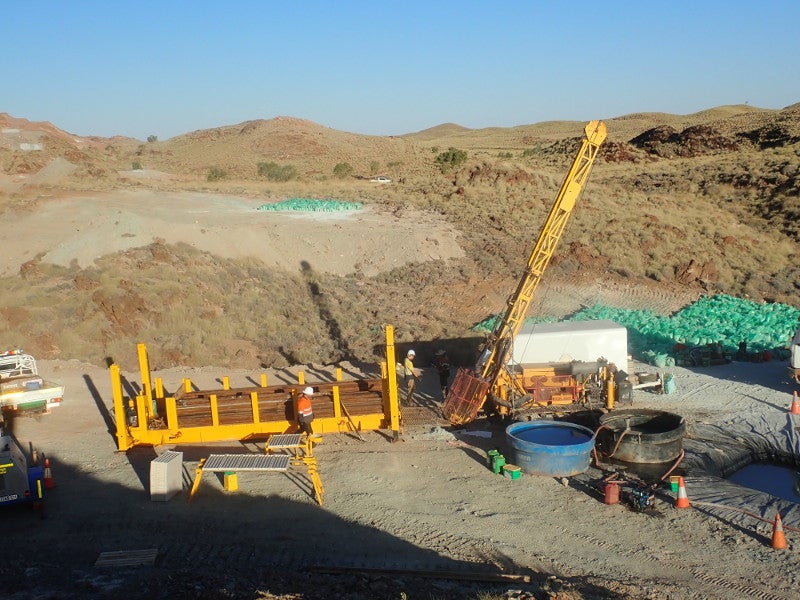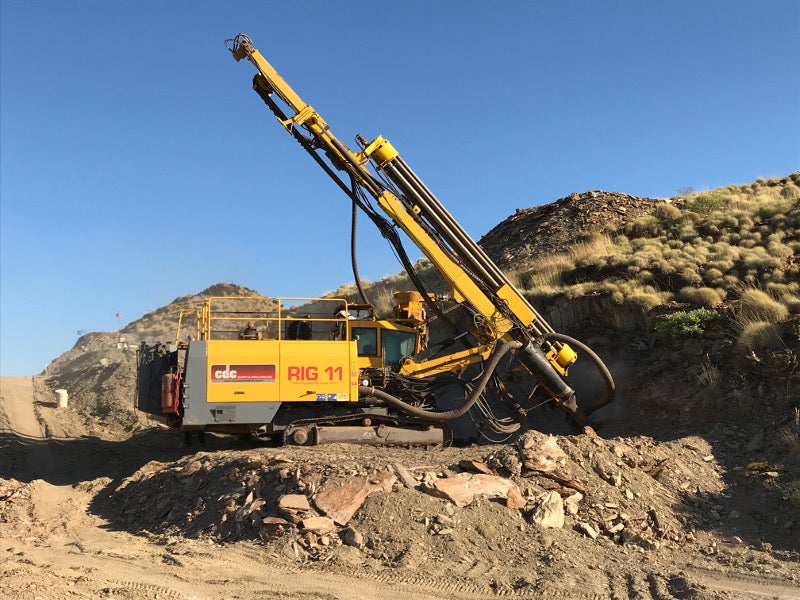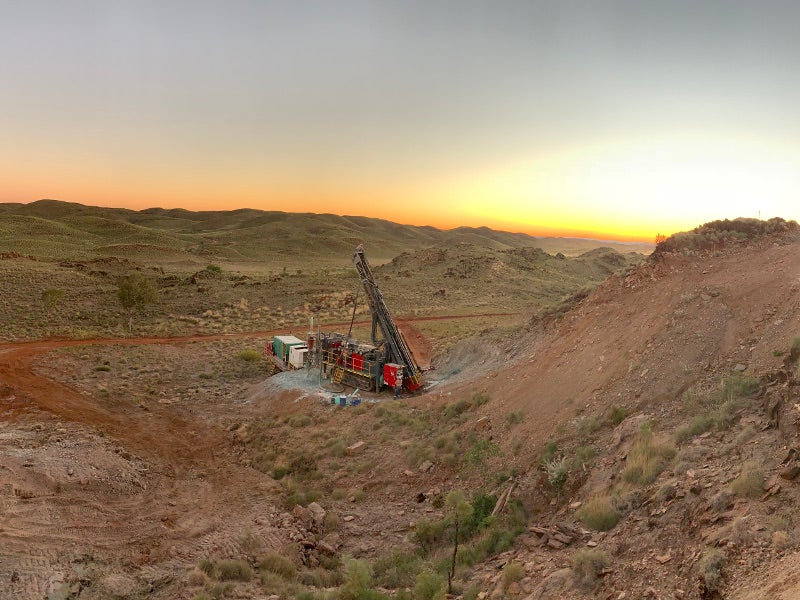The Warrawoona gold project is located in the historic Warrawoona Greenstone Belt in the Pilbara region of Western Australia. The project is being developed by Calidus Resources, a gold exploration company in Australia.
A pre-feasibility study (PFS) for the project was completed in July 2019 while a definitive feasibility study (DFS) is currently underway and expected to be completed in the third quarter of 2020.
Construction on the project is expected to be started after reaching a final investment decision by the end of 2020.
The PFS confirmed Warrawoona as a high-margin gold project, which is capable of producing 97,000oz of gold a year for a period of six years with an estimated pre-production capital investment of £66m ($86m).
Warrawoona gold project location and geology
The Warrawoona gold project is situated within the Warrawoona Greenstone Belt, in the East Pilbara region of Western Australia, approximately 25km south-east of Marble Bar and 150km away from Port Hedland.
Controlled by Calidus Resources, the 780km² Warrawoona Greenstone Belt is situated within the Archean Pilbara Craton, between the Mt Edgar and the Corunna Downs granitic complexes.
The belt forms part of the Warrawoona Syncline that predominantly consists of granite-greenstone terrain, separated by synclinally folded volcanic belts with interbedded volcaniclastic and clastic successions.
The satellite deposits for the Warrawoona gold mine include Coronation, Copenhagen, and Fieldings Gully.
Warrawoona gold project reserves
The Warrawoona gold project is estimated to hold probable ore reserves of 8.9 million tonnes (Mt) grading 1.5g/t Au, with 418 thousand ounces (Koz) of contained gold.
The project is also estimated to contain 1.2 million ounces (Moz) of gold in indicated and inferred resources.
Mining and ore processing at the Warrawoona gold project
Warrawoona gold project will employ both open-pit and underground mining methods. The open-pit operation will involve conventional drill and blast methods, while the underground mining will proceed with top-down bench stoping on a 25m level spacing.
The load and haul fleet for the project will include 130t excavators and 100t rigid trucks.
The run-of-the-mine (ROM) ore will be hauled to a nearby processing plant, which will house a single-stage crusher unit, a semi-autogenous grinding (SAG) mill, and a two million tonnes per annum (Mtpa) carbon-in-leach circuit.
The processing plant will also house a surge bin, a reclaim feeder and a crushed ore stockpile. It will operate at a nominal capacity of 275tph. Gold will be recovered through gravity, leaching, adsorption, and elution processes.
Infrastructure details
The project site will be accessed through a new 7km-long road connecting the Corunna Downs Road.
The project will require an additional water supply of up to 30l/s, apart from the water planned to be obtained from the mine dewatering process. The additional water requirement is planned to be met through the development of up to ten groundwater production bores at the project site.
A dedicated gas-fired power station is proposed to be developed near the processing plant site under a build-own-operate (BOO) contract.
Either the Marble Bar aerodrome or a nearby aerodrome is also planned to be upgraded as part of the project, while an accommodation village with 240 rooms will be developed on the southern side of the project area.
Contractors involved
Intermine Engineering Consultants and Dionysis Mining respectively provided open-pit and underground mine optimisation services.
Lynn Widenbar and Associates provided mineral resource estimates while Peter O’Bryan and Associates was engaged for geotechnical services.
GR Engineering Services (GRES) was the principal consultant and the study manager for the Warrawoona gold project PFS.
GRES also provided the design for the processing plant while ATC Williams was engaged for the design of tailings storage facility.






